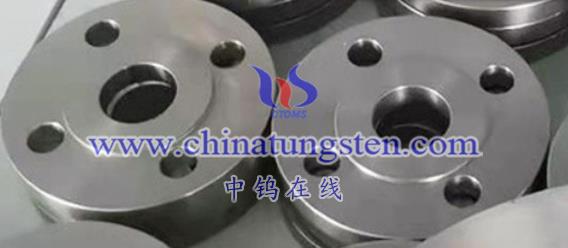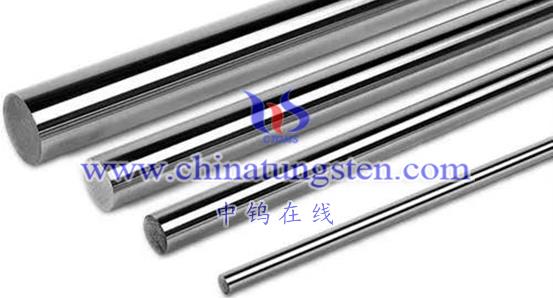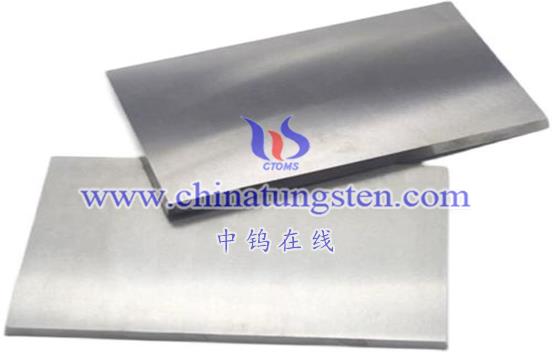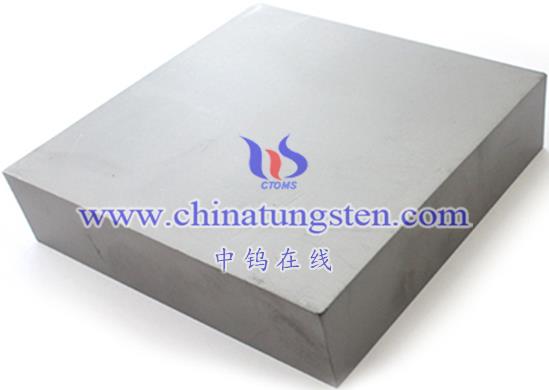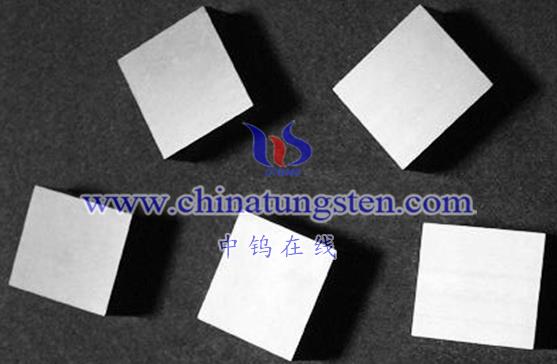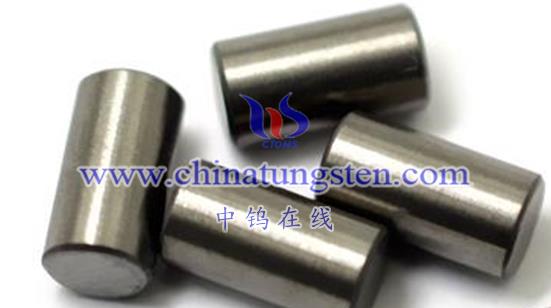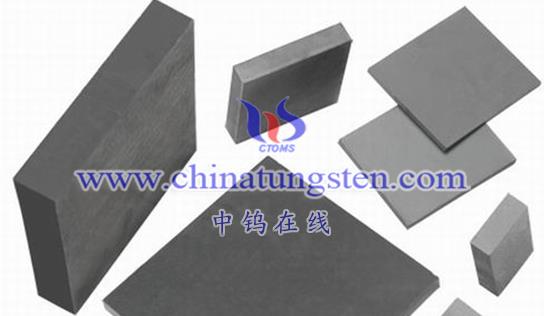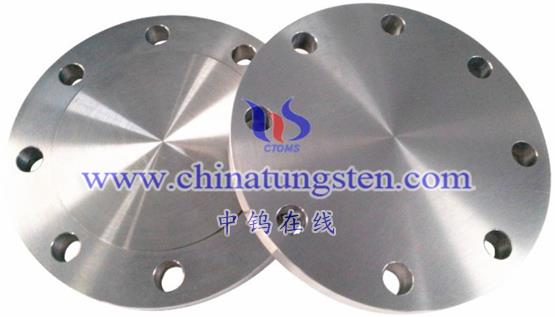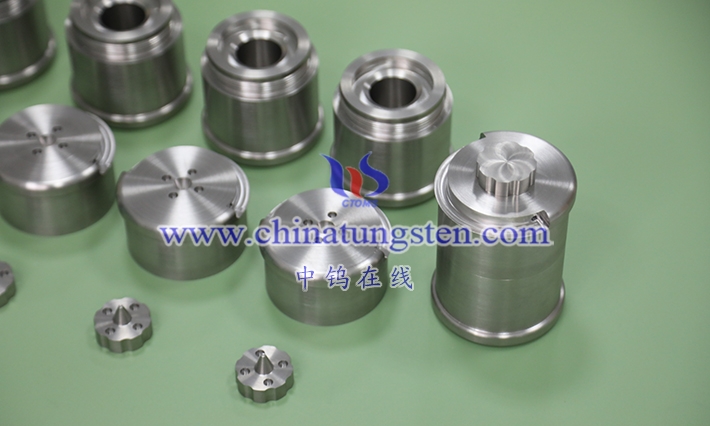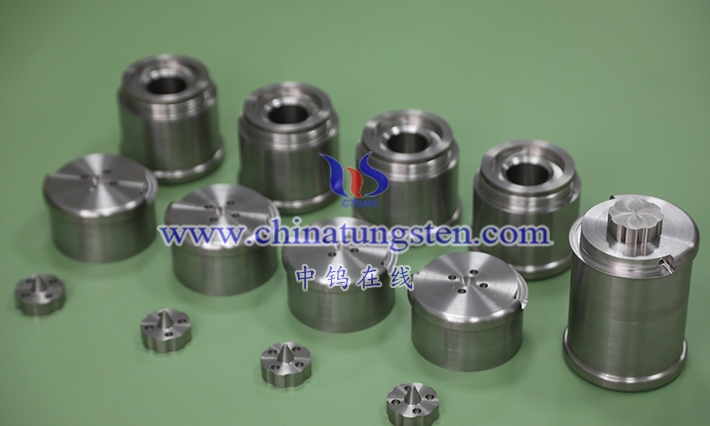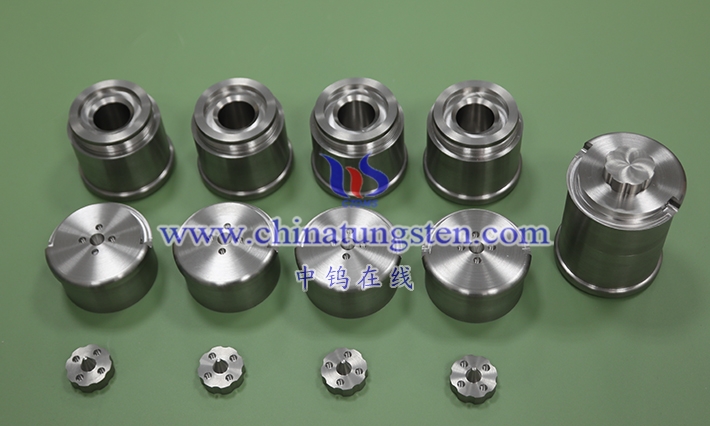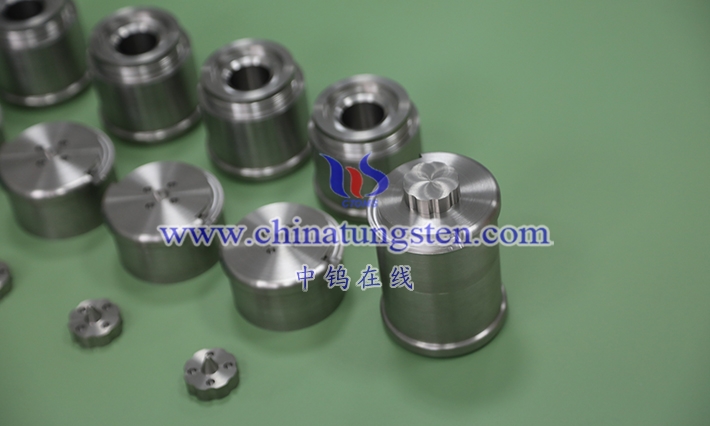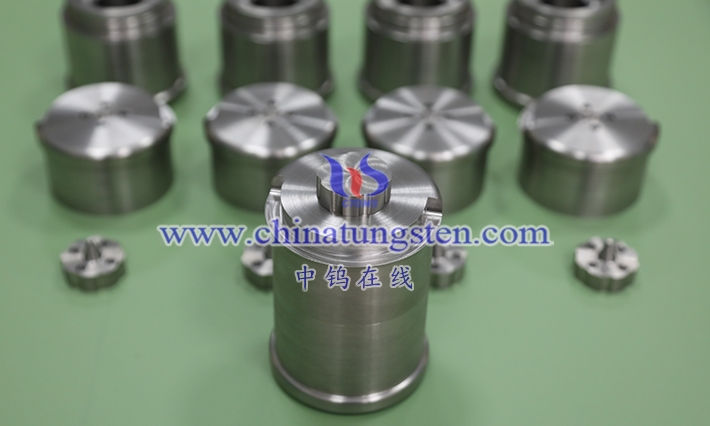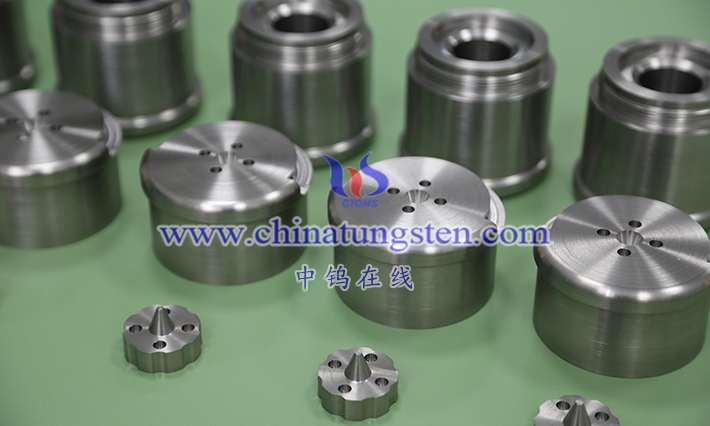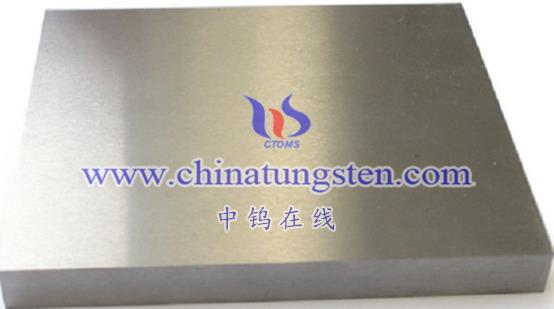
Properties of alloying elements
Tungsten (W) and molybdenum (Mo) are both high-hardness metal elements. In metals, they have high interatomic bonding forces, which makes the atoms tightly packed and not easily destroyed by external forces. Therefore, when these elements are combined in the form of an alloy, they collectively enhance the hardness of the alloy.
The hardness of tungsten-molybdenum-nickel-iron alloy is a specific and key physical property, which directly affects the performance of the alloy in various application scenarios. However, the hardness of tungsten-molybdenum-nickel-iron alloy is not a fixed value, but is affected by many factors, such as the proportion of alloy components, preparation process, heat treatment conditions, etc. Generally, tungsten-molybdenum-nickel-iron alloy has relatively high hardness due to its high content of tungsten and other metallic elements. However, the specific hardness value needs to be determined based on the detailed composition and preparation process of the alloy.
solid solution strengthening
In alloys, atomic size differences between different elements cause lattice distortion, which increases the resistance to dislocation movement. This solid solution strengthening effect increases the strength and hardness of the alloy.
phase structure
The phase structure of tungsten-molybdenum-nickel-iron alloy is usually complex, and there may be multiple phase combinations, such as solid solutions, intermetallic compounds, etc. The presence of these phases and the interaction between them further enhances the hardness of the alloy.
Work hardening
Alloys will be affected by plastic deformation during processing, such as forging, rolling, etc. This plastic deformation causes dislocations and grain refinement within the alloy, thereby increasing hardness.
micro structure
The microstructure of the alloy, such as grain size, grain boundary distribution, morphology and distribution of the second phase, etc., will affect its hardness. In general, grain refinement is beneficial in increasing the hardness of an alloy because an increase in the number of grain boundaries impedes the movement of dislocations.
To sum up, the high hardness of tungsten-molybdenum-nickel-iron alloy is the result of the characteristics of its constituent elements, the complex phase structure inside the alloy, work hardening, and microstructure. These properties give the alloy superior performance in withstanding pressure, resisting wear, and maintaining shape stability.
More details of tungsten alloy product, please visit website: http://tungsten-alloy.com/
Please contact CHINATUNGSTEN for inquiry and order of tungsten alloy:
Email: sales@chinatungsten.com
Tel.: 86 592 5129595
